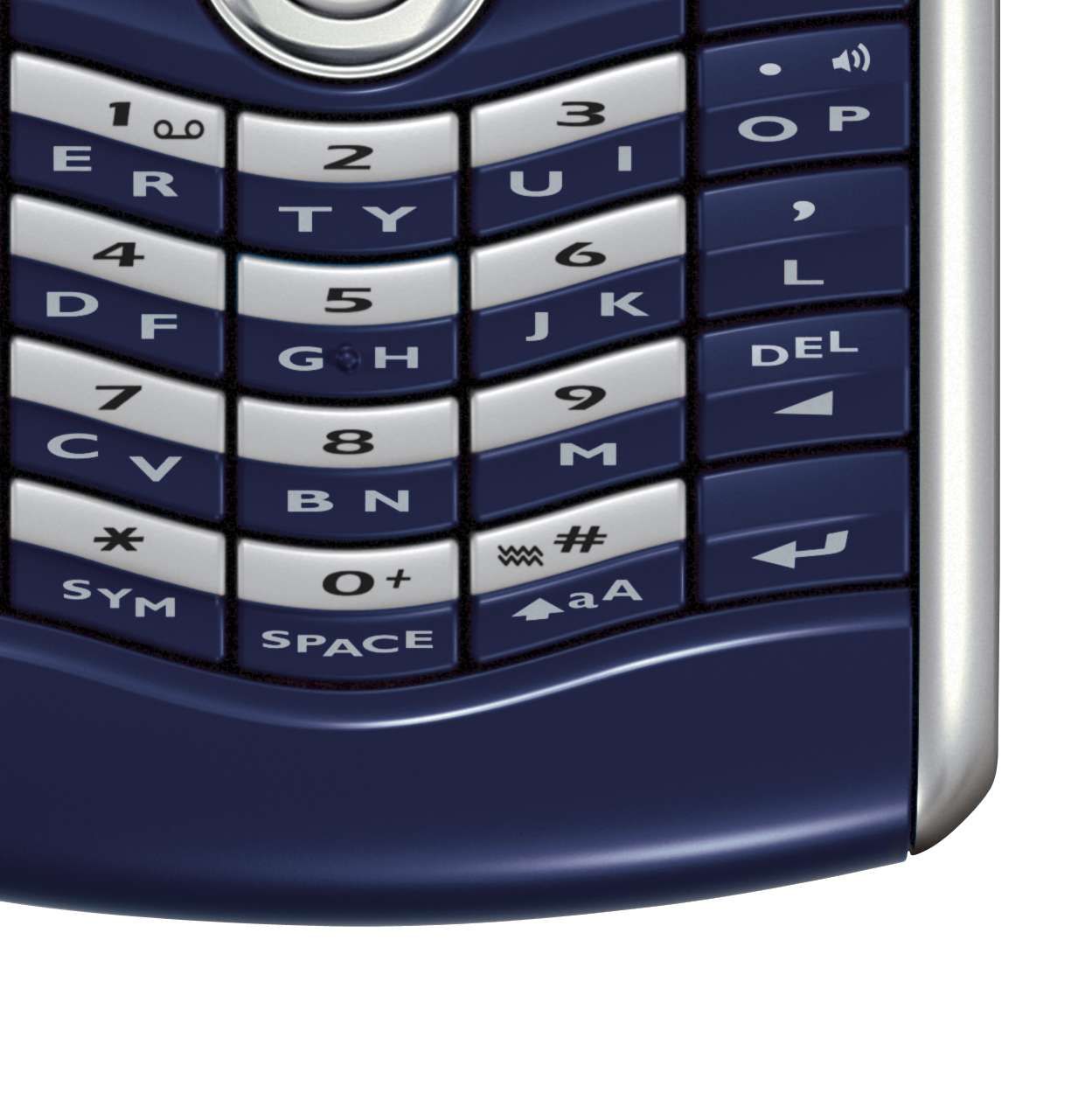The BlackBerry Pearl 2 has finally arrived, but are the improvements worth the bother? Research In Motion (RIM) gave Pocket-lint the new 8120 ahead of the launch to have a play and find out.
Our quick take
The addition of Wi-Fi, the upgrade in digital camera quality and adding of flash and video capabilities make this more consumer than ever.
Of course there are some strange additions such as the voice recorder and the maps, but we will let these slide.
So what do we think? Over the first Pearl it's a no brainer. There are plenty of improvements that mean if you're ready for an upgrade you won't be disappointed.
Against the iPhone? The shiny, glossy appeal is missing, but then you'll be able to shoot video, send MMS, add third party software, get emails instantly, most likely get it on your current operator's network, actually be able to type on the thing, oh and have more space in your pocket as it's smaller too.
If you're not ready for the full-on QWERTY keyboard BlackBerry, but want a good solid device rather than a glorified iPod this is as good as an experience as you'll get.

BlackBerry Pearl 8120 smartphone - 4.5 / 5
| FOR | AGAINST |
|---|---|
|
|
Now available in blue, rather than black in the UK (there will be other colours, but not in the UK) the pocket-sized smartphone has had a consumer makeover in more ways than one.
Like the previous Pearl, the 8120 looks more like a mobile than a traditional BlackBerry in order to appeal to that crucial consumer audience, but RIM promises it's still a BlackBerry at heart.
The shape and size might not have changed much (it's slightly bigger), but the new 91 gram Pearl offers plenty.
First off, yes you guessed it by that "20" in the model number, the new version features fully fledged Wi-Fi. Connection to available networks is easy and brings this smartphone into the 21st century. We had no problems in our testing hooking up to our office or home network, although we did notice a drain on battery power when Wi-Fi was used.
Why would you need a Wi-Fi option in a consumer device? Well we found it really handy for downloading applications for the 8120 like Google maps, something that is around 40MB in size and would cost you a small fortune in data charges. It also means that surfing is considerably faster and something that is an option rather than the poor GPRS surfing you'll experience over the phone.
But it's not just the inclusion of Wi-Fi that the new model has received, there is a list of other features that make this a worthy upgrade for Pearl users.
The digital camera has been drastically enhanced from a 1.3 megapixel camera to 2 megapixel and for the first time on a BlackBerry video support has been included.
There's also a flash for said camera and if you install the Facebook application the ability to post them straight online, above and beyond emailing or MMSing to your mates or colleagues.
Images can be saved either onto the phone's internal memory or a microSD card, and according to RIM customer feedback has lead them to include a hot swappable bay at the side of the handset rather than hidden behind the casing. The handset we reviewed came with a 1GB card already installed, but we aren't sure what will be shipped in the box.
The microSD card is also good for storing songs and other multimedia files and you can drag and drop tracks over into the relevant folder rather than having to rely on supplied software. Like the Curve and the 8820 Roxio powers the multimedia interface and its simple and easy to use. Better still there is a 3.5mm jack so you can connect your own headphones rather than having to rely on ones shipped in the box.
Finally on the multimedia front there is also now a voice recorder so you can make voice notes if that's your thing.
Other software enhancements include RIM's Maps application (although there is no GPS built-in), Spell Check to bring it in line with the Curve's functionality here, and a pointer arrow in the browser so you can select and click on links easier.
The biggest improvement however is the learning ability of the software to work out what you've typed. Due to the 20 key keyboard rather than full QWERTY one on the Curve and 8820, the software tries its best to work out what you've typed even though with 2 letters per key there is a host of possibilities.
If you use the same words more often it learns this and offers you that one first. We found in our tests after around five goes the software learnt the word we wanted first time. That's not to say that you can't still choose the other words, but it doesn't pick them first. Basically the end result is that you can type faster, which is a good thing.
To recap
The addition of Wi-Fi, the upgrade in digital camera quality and adding of flash and video capabilities make this one consumer friendly BlackBerry
